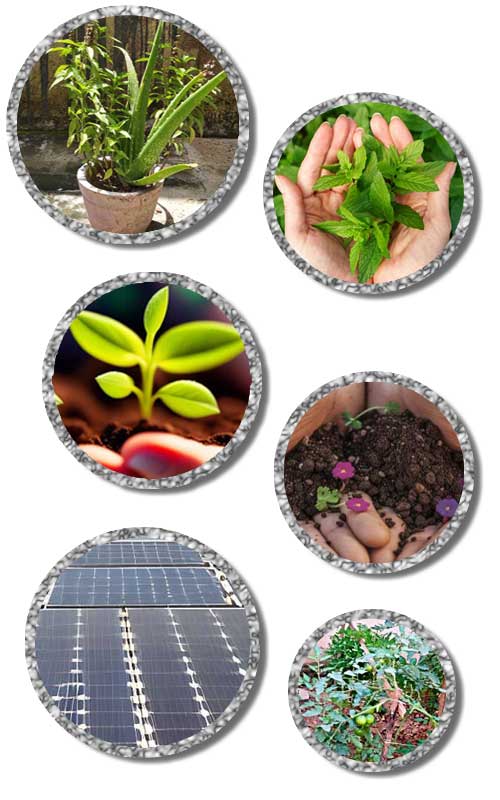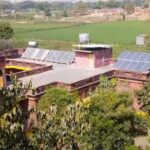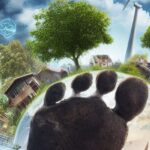Climate change is one of the most pressing issues facing our planet today. It is caused by the increase of greenhouse gases in the atmosphere, mainly from burning fossil fuels, deforestation, and agriculture. These gases trap heat and cause the Earth’s temperature to rise, resulting in changes in weather patterns, sea levels, and natural disasters.
But climate change is not only a threat to humans. It also affects wildlife and biodiversity, which are essential for the health and balance of our ecosystems. Wildlife and biodiversity refer to the variety of living organisms on Earth, including animals, plants, fungi, and microorganisms. They provide us with food, medicine, materials, and services such as pollination, pest control, water purification, and soil formation.
However, climate change is disrupting the habitats, behaviors, and survival of many species. According to the Intergovernmental Panel on Climate Change (IPCC), climate change has already contributed to the extinction of some species and threatens to wipe out up to 30% of all species by 2050.
Some of the impacts of climate change on wildlife and biodiversity are:
- Habitat loss and fragmentation: As the climate changes, some habitats become unsuitable for certain species, forcing them to migrate or adapt. For example, polar bears are losing their sea ice habitat due to melting glaciers, coral reefs are bleaching due to rising ocean temperatures, and forests are burning due to droughts and wildfires. These changes reduce the availability and quality of habitat for wildlife and biodiversity and increase the risk of human-wildlife conflict, invasive species, and diseases.
- Shifts in phenology: Phenology is the study of the timing of natural events, such as flowering, migration, breeding, and hibernation. Climate change affects the phenology of many species by altering the cues that trigger these events, such as temperature, daylight, and precipitation. For example, some birds are arriving earlier or later than usual at their breeding grounds, some plants are blooming earlier or later than expected, and some insects are emerging sooner or later than normal. These shifts can affect the interactions between species, such as pollination, predation, and competition.
- Changes in distribution and range: Climate change also affects the distribution and range of many species by expanding or contracting their suitable habitats. For example, some species are moving to higher altitudes or latitudes to escape the heat or find more resources, while others are unable to move or adapt fast enough. This can result in changes in biodiversity patterns, such as species richness, diversity, and endemism. It can also lead to novel ecosystems, where new combinations of species coexist.
These impacts have serious consequences for the functioning and resilience of our ecosystems. They can reduce the productivity and stability of natural resources, such as food crops, fisheries, and timber. They can also affect the provision and regulation of ecosystem services, such as carbon sequestration, water quality, and flood protection. They can also jeopardize the cultural and aesthetic values of nature, such as recreation, tourism, and spiritual well-being.
Therefore, it is imperative that we take action to protect wildlife and biodiversity from climate change.
Here are some things that you can do to help:
Reduce your greenhouse gas emissions
The most effective way to combat climate change is to reduce your greenhouse gas emissions by using less energy, switching to renewable sources of energy (such as solar or wind), driving less, using public transportation (or biking or walking), eating less meat (or choosing organic or locally grown food), recycling more (or buying less or reusing more), planting trees (or supporting reforestation projects), etc.
Support conservation efforts
Another way to help wildlife and biodiversity is to support conservation efforts by donating money or time to organizations that work on protecting habitats (such as national parks or wildlife reserves), restoring ecosystems (such as wetlands or mangroves), monitoring populations (such as citizen science projects or wildlife surveys), educating communities (such as awareness campaigns or school programs), advocating policies (such as laws or regulations), etc.
Learn more and spread the word
Finally, you can help by learning more about climate change and its impacts on wildlife and biodiversity by reading books (such as The Sixth Extinction by Elizabeth Kolbert), watching documentaries (such as Our Planet by Netflix), listening to podcasts (such as Climate Cast by NPR), visiting websites (such as WWF Climate Change Hub), etc. You can also spread the word by sharing your knowledge and opinions with your friends, family, colleagues, and social media followers, and by joining or starting conversations, debates, or movements on this topic.
Climate change is a global challenge that requires collective action. By doing your part, you can make a difference for wildlife and biodiversity, and for yourself and future generations. Thank you for reading this blog post and for caring about our planet.








